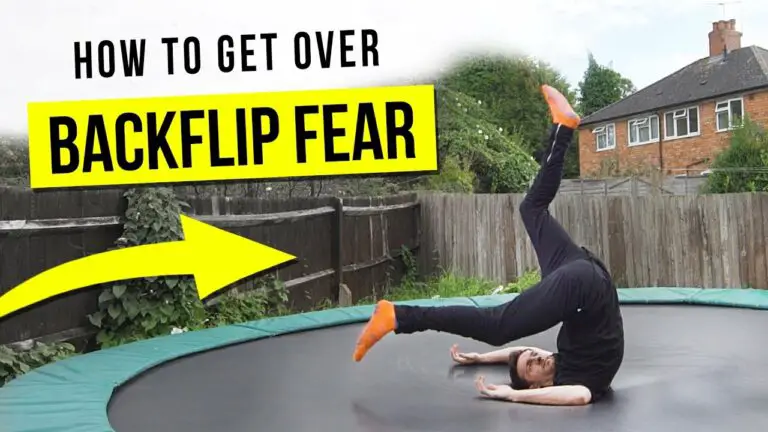Are you an athlete looking to improve your vertical leap? Or simply someone interested in finding new and fun exercise routines? Trampoline jumping, while often thought of as a fun activity for children, can actually be a highly effective way to increase your jump height and overall athleticism. In this article, we will explore the science behind trampoline jumping and its effects on vertical increase.
How Does Trampoline Jumping Work to Increase Vertical?
Muscle Engagement in Jumping
The jumping motion on a trampoline requires a coordinated effort from several different muscle groups. The force from pushing off the trampoline surface engages the quadriceps, glutes, and calf muscles. As the body is propelled upward, the muscles in the core and back contract to maintain stability and control.
Impact Absorption and Rebound
One of the unique benefits of trampoline jumping over other forms of jump exercise is the impact absorption and rebound effect. As the body lands on the trampoline surface, the springs compress and store energy. This energy is then released as the body bounces back upward, providing a greater force and higher jump height than possible with a traditional jump on a solid surface.
How Trampoline Jumping Compares to Other Jump Exercises
While trampoline jumping offers its own benefits, it is important to note that it should not completely replace other forms of jump training. According to a study published in the Journal of Strength and Conditioning Research, supplementing traditional vertical jump exercises with trampoline training can lead to greater improvements in jump height and power.
The Science behind Trampoline Jumping and Vertical Increase
Gravity and Impact Forces
One of the key factors in trampoline jumping’s ability to increase vertical leap is its use of gravity and impact forces. When the body lands on the trampoline surface, it experiences a greater force of impact than it would on a solid surface. This greater impact forces the muscles to contract more forcefully, leading to increased muscle fiber recruitment and activation.
The Benefits of Plyometric Exercise
In addition to the impact forces, trampoline jumping also provides a form of plyometric exercise. Plyometric exercises involve quick, explosive movements, such as jumping and bounding, and are designed to improve muscular power and explosiveness. These types of exercises have been shown to improve vertical jump performance in athletes.
Muscle Fiber Adaptation and Growth
As the muscles are continually challenged through trampoline jumping, they adapt and grow stronger. This is known as muscle fiber adaptation and growth. Through repeated exposure to the stress of jumping, the muscle fibers become better equipped to handle the demands placed on them. This leads to a greater ability to generate force and a higher vertical jump.
Tips for Incorporating Trampoline Jumping into Your Vertical Training
Proper Form and Technique
As with any exercise, proper form and technique are essential to ensuring safety and effectiveness. When jumping on a trampoline, it is important to maintain a straight posture and engage the core muscles to prevent unnecessary strain on the back. It is also important to use the legs and glutes to generate force, rather than relying solely on the arms.
Varying Jumping Intensity and Duration
To maximize the benefits of trampoline jumping, it is important to vary the intensity and duration of the jumps. This can involve performing high-intensity jumps, such as tuck jumps or single leg hops, or jumping for longer durations with shorter rests in between.
Combining Trampoline Jumping with Other Workouts
Trampoline jumping can be a great addition to a larger workout routine focused on improving vertical leap. This can include traditional strength training exercises, such as squats and lunges, as well as other forms of jump training.
Conclusion
Trampoline jumping offers an effective and fun way to improve your vertical leap and overall athleticism. By engaging multiple muscle groups and utilizing the benefits of impact forces and plyometric exercise, trampoline jumping can lead to greater improvements in jump height and power. Incorporating trampoline jumping into your training routine can provide a fun and dynamic way to supplement your other vertical leap exercises.







